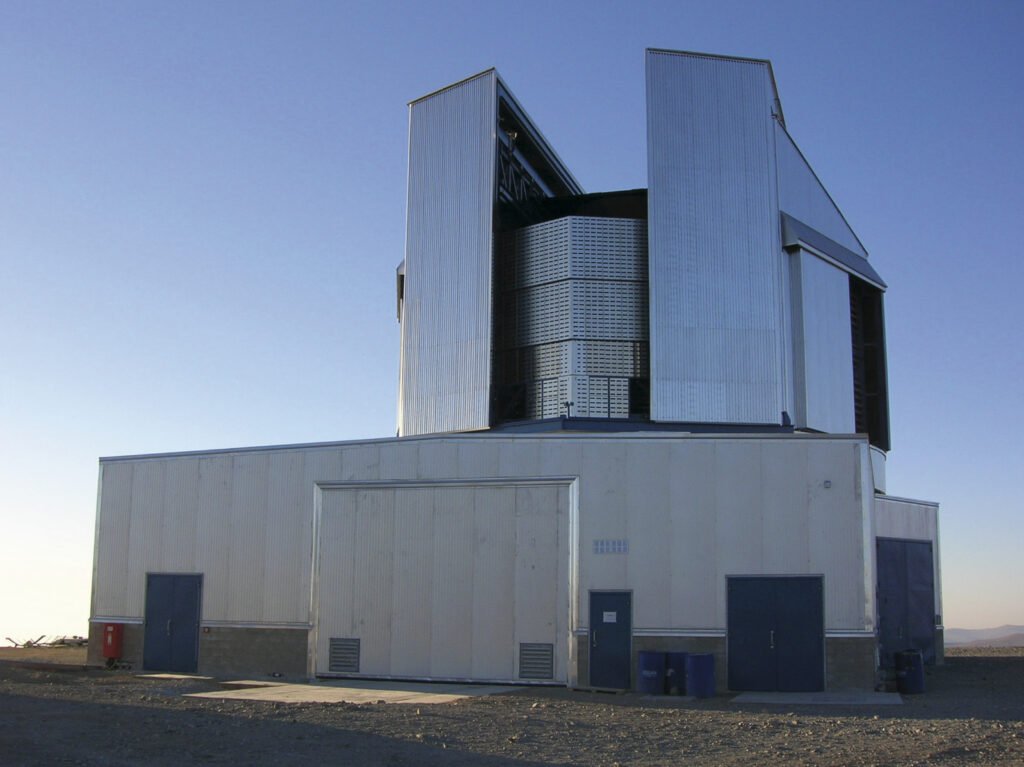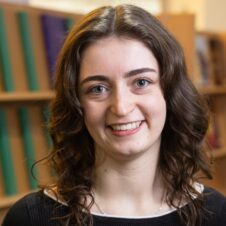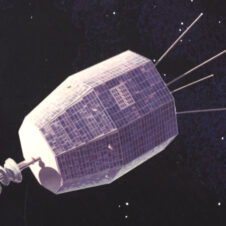An Australian-built major subsystem for the European Southern Observatory’s 4MOST instrument has arrived in Germany at the Leibniz Institute for Astrophysics Potsdam (AIP) ready for testing prior to installation on the four-metre VISTA telescope located in the Atacama Desert in Chile.
The subsystem, called AESOP (Australian-European Southern Observatory Positioner) is an optical fibre positioner, designed and built by Astralis in Sydney. Once installed, it will allow astronomers to measure the light from thousands of galaxies at a time.
Professor Simon Driver from the University of Western Australia node of the International Centre for Radio Astronomy Research (ICRAR) said the AESOP subsystem resembles the spines of an Echidna.
“Each spine contains an optical fibre that’s precisely positioned to receive the incoming light from faint galaxies before sending it on to be analysed by other instruments,” said Professor Driver.
“The optical fibres are positioned with an accuracy of less than 10 micrometres—about one fifth the thickness of a human hair—and all 2,448 can be moved and repositioned in less than two minutes.
“That’s 120 times faster than the technology we’re using now at the Australian Astronomical Observatory in Siding Springs. It’s an incredible machine that will allow us the map the Universe more than 10x faster,” he said.
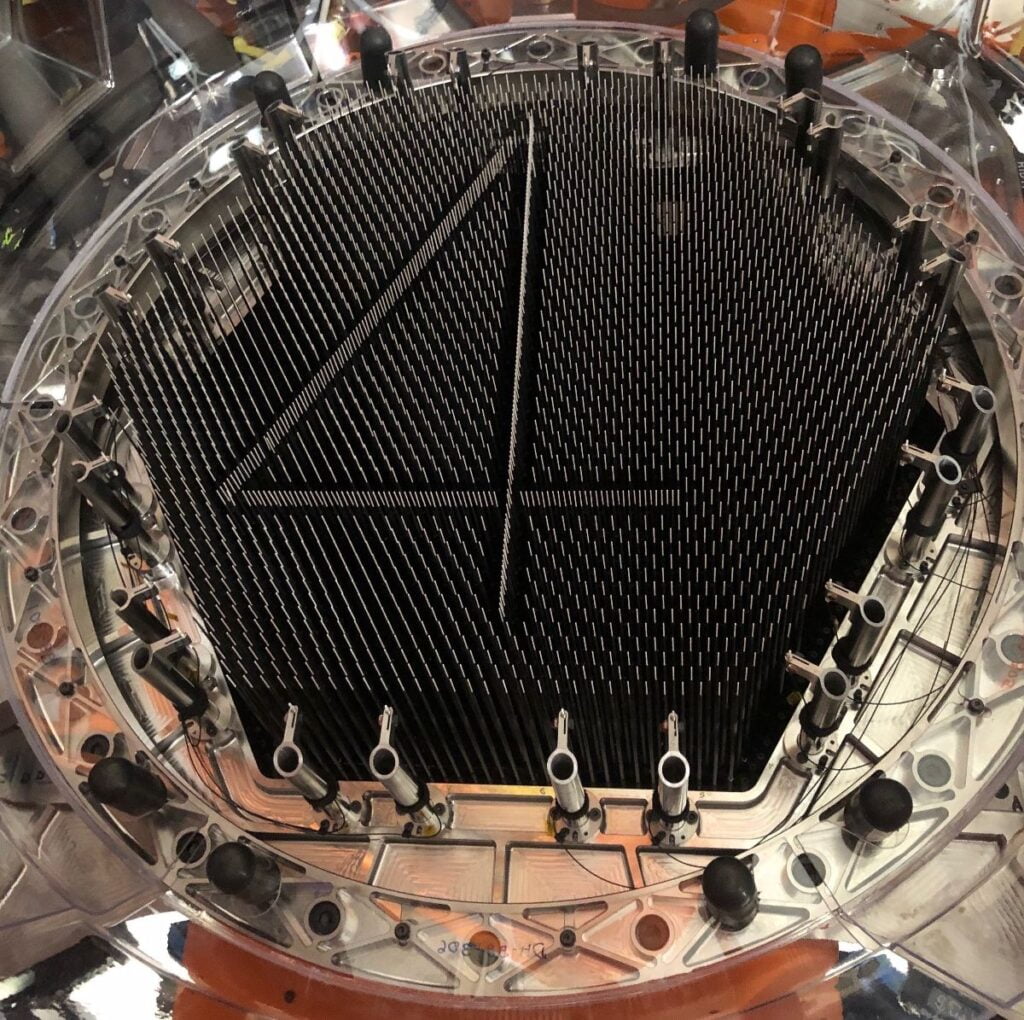
The AESOP fibre positioner for the 4MOST project arranges 2448 robotically controlled fibre spines, allowing astronomers to measure the light from thousands of galaxies at a time. Credit: F. Watson.
“The University of Western Australia and Curtin University contributed significant funding to the design and construction of the subsystem, and secured several million dollars in funding from European-based institutes.”
“It’s taken four years to design and three years to manufacture this technology, but initial tests before sending it to Germany have shown excellent performance.
“The delivery of the AESOP subsystem to Germany marks the start of the 4MOST system—it’s an exceptional achievement for astronomical research in Australia,” said Professor Driver.
Commencing operations in early 2024, 4MOST will be the largest spectroscopic survey facility of its kind in the Southern hemisphere, addressing today’s most pressing astronomical questions in the fields of Galactic archaeology, high-energy astrophysics, galaxy evolution and cosmology.
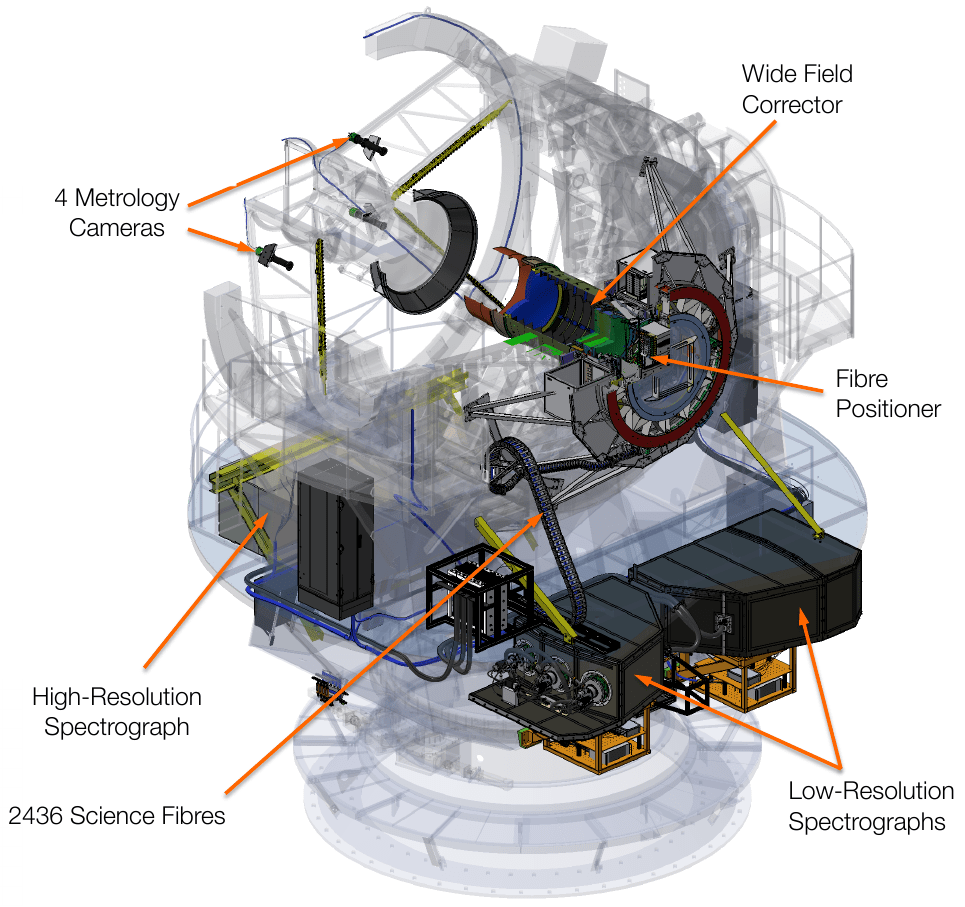
The largest of the extragalactic surveys using 4MOST will be the Wide Area VISTA Extragalactic Survey (WAVES) led by ICRAR‘s UWA node and Hamburg Observatory.
“WAVES will involve two surveys—WAVES-wide and WAVES-Deep—and these will collectively measure the distances to almost 2 million galaxies,” said Dr Claudia Lagos, an ICRAR/UWA astronomer and a member of the WAVES team.
WAVES-Wide will study the properties of nearby galaxies to very low masses and unveil the fine lace-like structure of the dark matter in our nearby Universe. WAVES-Deep will probe how the pattern defined by the dark matter has evolved over several billion years of cosmic history.
A simulation of the dark matter distribution we will reconstruct from the WAVES-Deep survey. The dark matter distribution is shown in black, individual galaxy detections in blue, galaxy pairs in purple, and galaxy groups in red. The animation scrolls out in distance and back in time within a 50 square degree window on the sky, tracing how the dark matter has evolved over a 7 billion year timeline. The galaxy formation simulations (named SHARK) were constructed by the ICRAR simulations team using the Pawsey Supercomputer facility. Credit: Dr Claudia Lagos and Prof Chris Power, ICRAR/UWA.
“The WAVES survey, using the Australian built fibre-positioner, will provide an unprecedented view of how dark matter is distributed in the Universe and how it has evolved over billions of years,” said Dr Lagos.
“Roughly 80% of the matter in the Universe is made up of dark matter, and so far, we have been unable to unveil its nature.
“This instrument and our survey will help shine a light on one of the biggest mysteries for today’s astronomers.”
MORE INFORMATION
4MOST
The 4-metre Multi-Object Spectroscopic Telescope (4MOST) is a survey facility that is being built for the Visible and Infrared Survey Telescope for Astronomy (VISTA), a telescope of the European Southern Observatory (ESO), in the Atacama Desert in Chile under the leadership of AIP.
The 4MOST consortium consists of 15 institutes in Germany, the UK, France, Sweden, Switzerland, Australia, and the Netherlands, under the leadership of the Leibniz Institute for Astrophysics Potsdam (AIP). More than 330 scientists and engineers are working on 4MOST and contributed to the publications.
Australia is the only one of the 13 international partners in the 4MOST consortium that is not a European Southern Observatory member, a consequence of our world-leading technology development.
4MOST BY THE NUMBERS
- 30 million – Galaxies to be studied by the full 4MOST Consortium.
- 27% – Proportion of the Universe made up of dark matter.
- 68% – Proportion of the Universe made up of dark energy.
- $1.4 million – UWA investment in the 4MOST and AAT partnerships.
- $3.0 million – Funds raised by UWA researchers to construct the Australian European Southern Observatory Fibre Positioner to be installed on 4MOST.
- $120 million – Investment by the Federal Government into the European Southern Observatory over the next 10 years.
VISTA
The VISTA telescope is located at the Paranal Observatory high in the Atacama desert of Chile, and is operated by the European Southern Observatory, one of the world’s pre-eminent astronomy research bodies.
Astralis
Astralis is a consortium between Macquarie University, the Australian National University and the University of Sydney’s astronomical instrumentation groups.
ICRAR
The International Centre for Radio Astronomy Research (ICRAR) is a joint venture between Curtin University and The University of Western Australia with support and funding from the State Government of Western Australia.
Contacts:
Professor Simon Driver (ICRAR / University of Western Australia)
Ph: +61 8 6488 7747 E: Simon.Driver@icrar.org
Pete Wheeler (Media Contact, ICRAR)
Ph: +61 423 982 018 E: Pete.Wheeler@icrar.org
